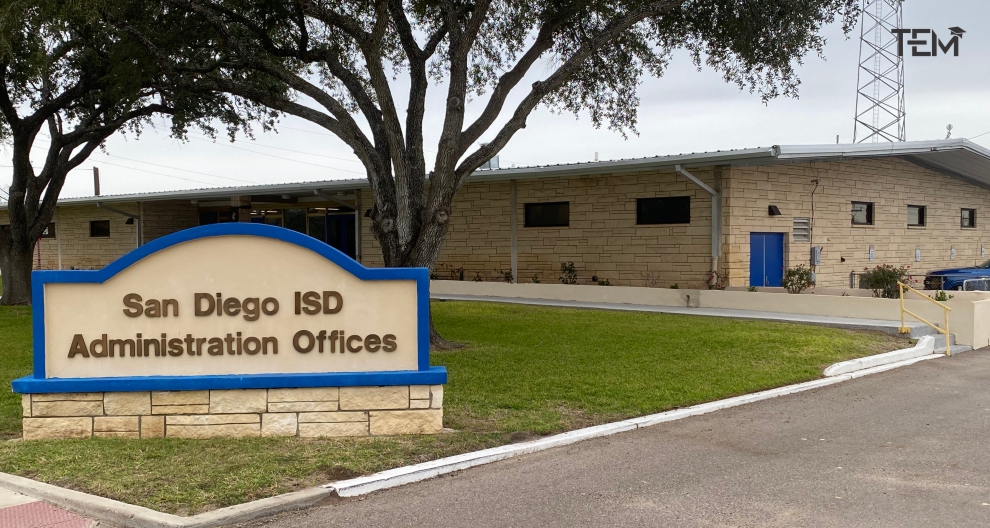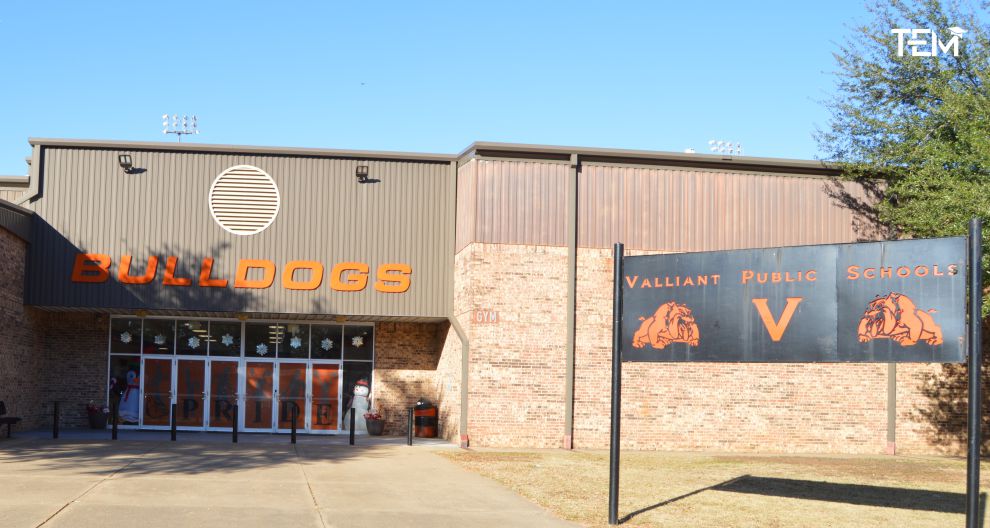Creating an effective learning space starts with choosing the right school furniture. A well-designed classroom layout not only improves comfort but also supports focus and engagement. Students learn better when their space helps them stay calm and organized. Good chairs, desks, and storage also help teachers keep things running smoothly. Teachers also need flexible pieces that can adapt to different teaching styles and subjects. Worthington Direct furniture offers a variety of choices that support active learning and classroom efficiency. With so many styles and sizes available, it’s important to think about the needs of both the students and staff. The goal is to create a warm space that works well and supports all kinds of learning. Before picking out any specific furniture, it’s important to look at how the classroom will be used. Different subjects and teaching methods may call for different types of setups.
Think About Classroom Layout and Flow
How tables, chairs, and storage are set up affects how easily students can move around. Having clear paths for walking helps reduce distractions and improves safety. When furniture is spaced well, students can move between areas without bumping into desks or other students. Teachers also need to be able to walk freely to assist students and keep the class on track. Group seating works well for collaborative work, while rows or individual desks can support independent study. The layout should match the teacher’s approach and encourage student participation. Keeping flexibility in mind will allow the classroom to support both quiet and active learning. Choosing movable furniture makes it easier to switch up the layout when needed.
Focus on Student Comfort and Ergonomics
Students spend several hours a day sitting at their desks, so comfort is key. Chairs should offer back support and match the height of the tables or desks. Desks should have enough space for books, laptops, and writing materials. Adjustable furniture is a great option for schools with students of different ages or heights. Younger students need furniture that is smaller and safer, while older students may need sturdier desks. Proper posture supports focus and reduces fatigue, especially during long lessons. Padded chairs and rounded edges on desks can also help improve comfort. Comfortable, well-made chairs help students feel better and stay focused all day.
Match Furniture to Teaching Styles
Every teacher has a different way of running their classroom, and the furniture should reflect that. Some teachers prefer a traditional style with rows of desks facing the board. Others might use small group tables or circles for discussion-based learning. Art and science classes often need special furniture like workbenches or tables that hold equipment. Teachers who use technology in their lessons need desks with cord management or charging stations. Storage should be built into the layout to keep supplies within reach but out of the way. The right furniture helps teachers keep their classrooms organized and ready for daily activities. Matching the furniture to the subject and style of teaching can improve both teaching and learning.
Consider the Durability and Maintenance
School furniture must stand up to daily use from students of all ages. Materials should be strong and easy to clean, especially in classrooms with younger students. Plastic and laminate surfaces are often a smart choice because they resist stains and are simple to wipe down. Metal frames and solid construction help desks and chairs last longer without needing repairs. Stackable or foldable chairs can help with cleaning and storage after school hours. Classroom furniture should also meet safety standards and have smooth edges to reduce the risk of injuries. Picking durable materials helps schools save money in the long run. Furniture that lasts for years supports both the budget and the learning environment.
Plan for Future Needs and Flexibility
A good learning space should grow with the school’s needs. Modular furniture gives teachers the option to adjust classroom setups as needed. Schools may add new programs, change class sizes, or switch teaching models. Lightweight tables and stackable chairs make it easy to adapt without buying all new furniture. Furniture that serves more than one purpose can also save space and money. Choosing neutral colors and classic designs makes it easier to reuse items in different rooms or grades. It’s smart to think ahead when buying new items. This kind of planning supports long-term success for the whole school.
Creating the right learning space starts with selecting school furniture that supports both students and teachers. Furniture choices affect everything from focus to classroom management. Comfortable seating and sturdy desks help students stay on task throughout the day. How a room is set up affects how it works and how easily it can adjust to different lessons. Schools that plan for comfort, durability, and flexibility will see better outcomes in both teaching and learning. Thoughtful furniture planning leads to spaces where students feel welcome and ready to succeed. With smart choices, schools can create environments that support growth, learning, and collaboration. The right furniture helps make any classroom more comfortable and better for learning.
Also Read: 7 Signs You’ve Found the Perfect Preschool for Your Child in Delhi











